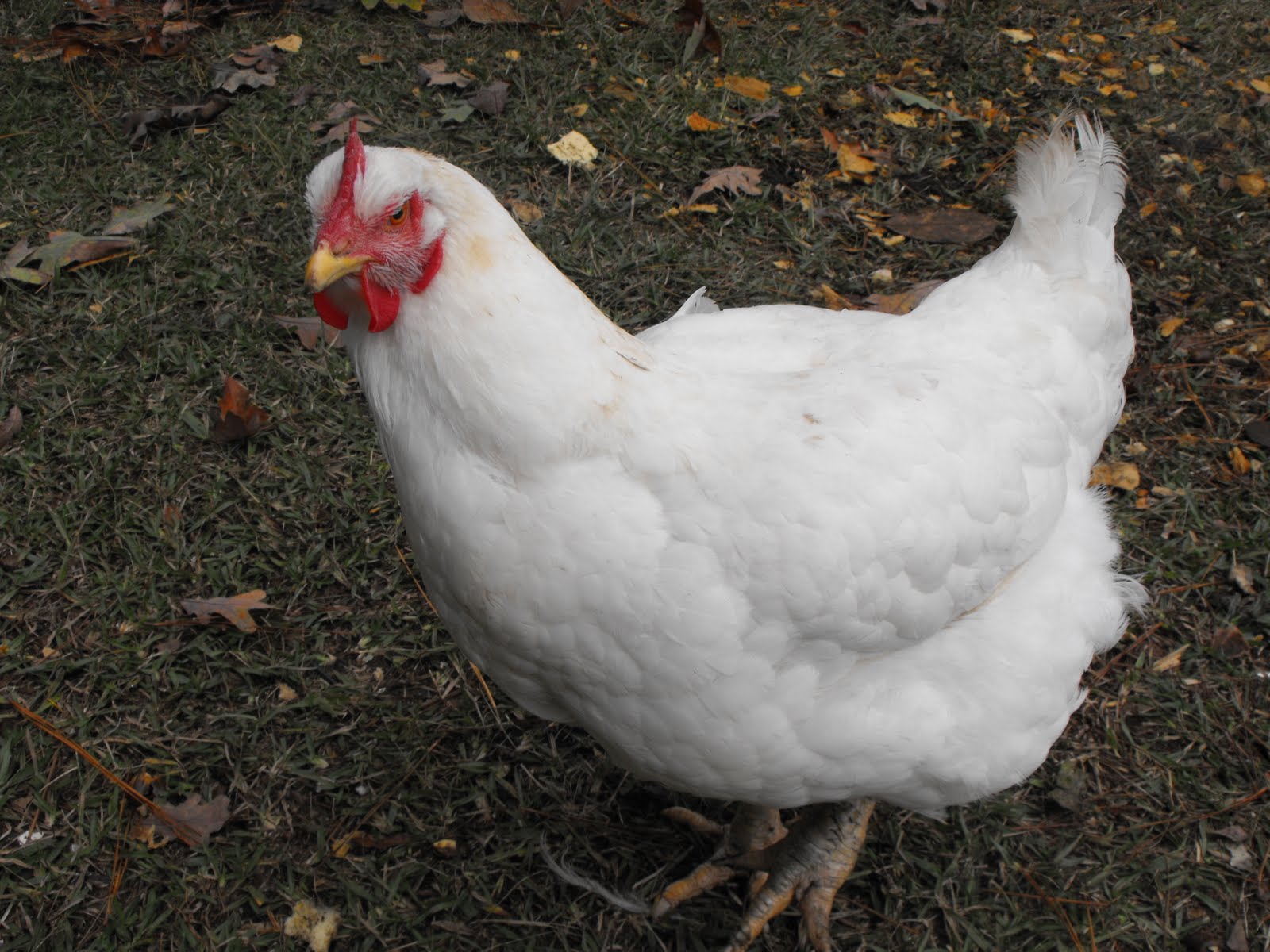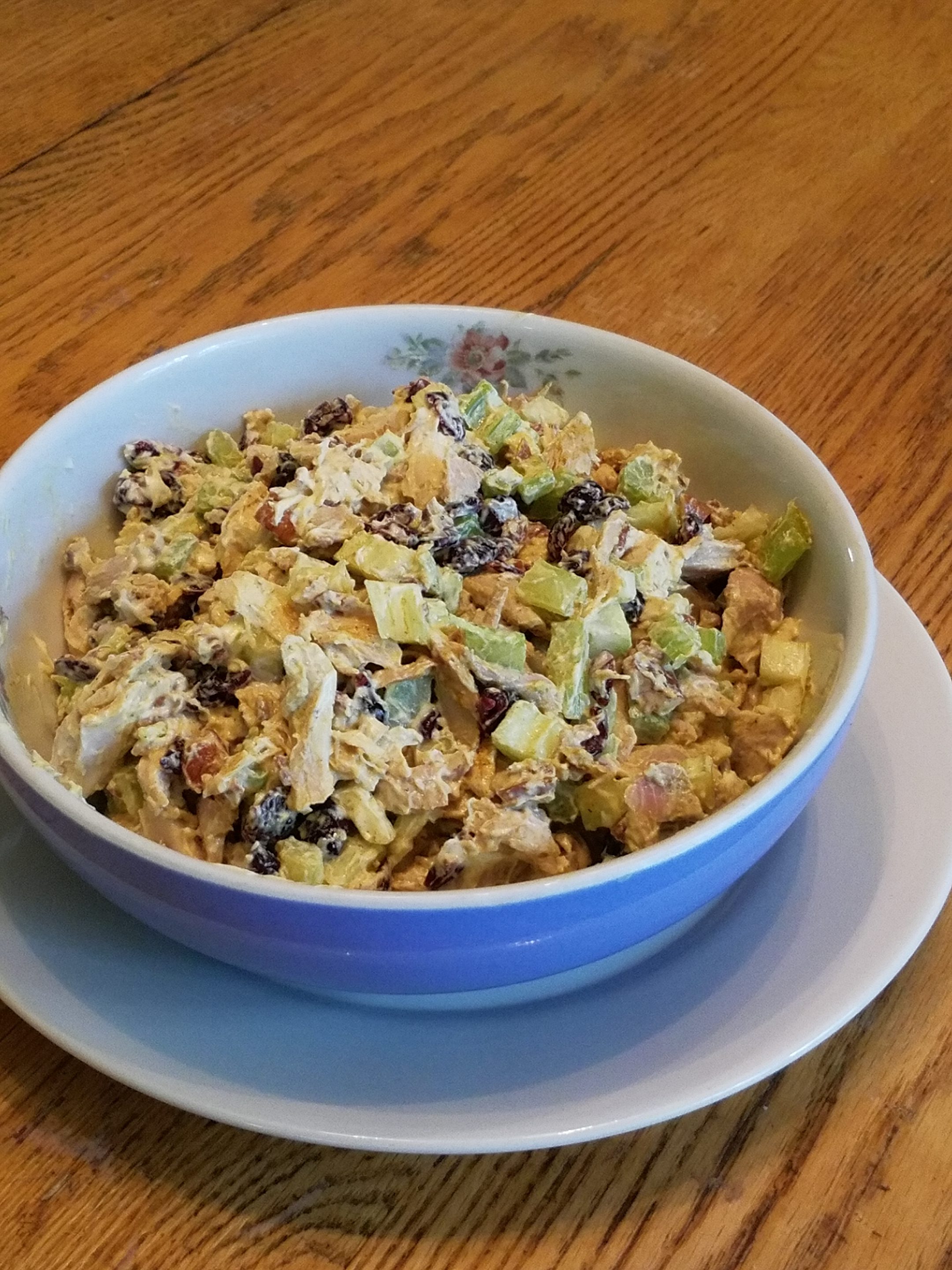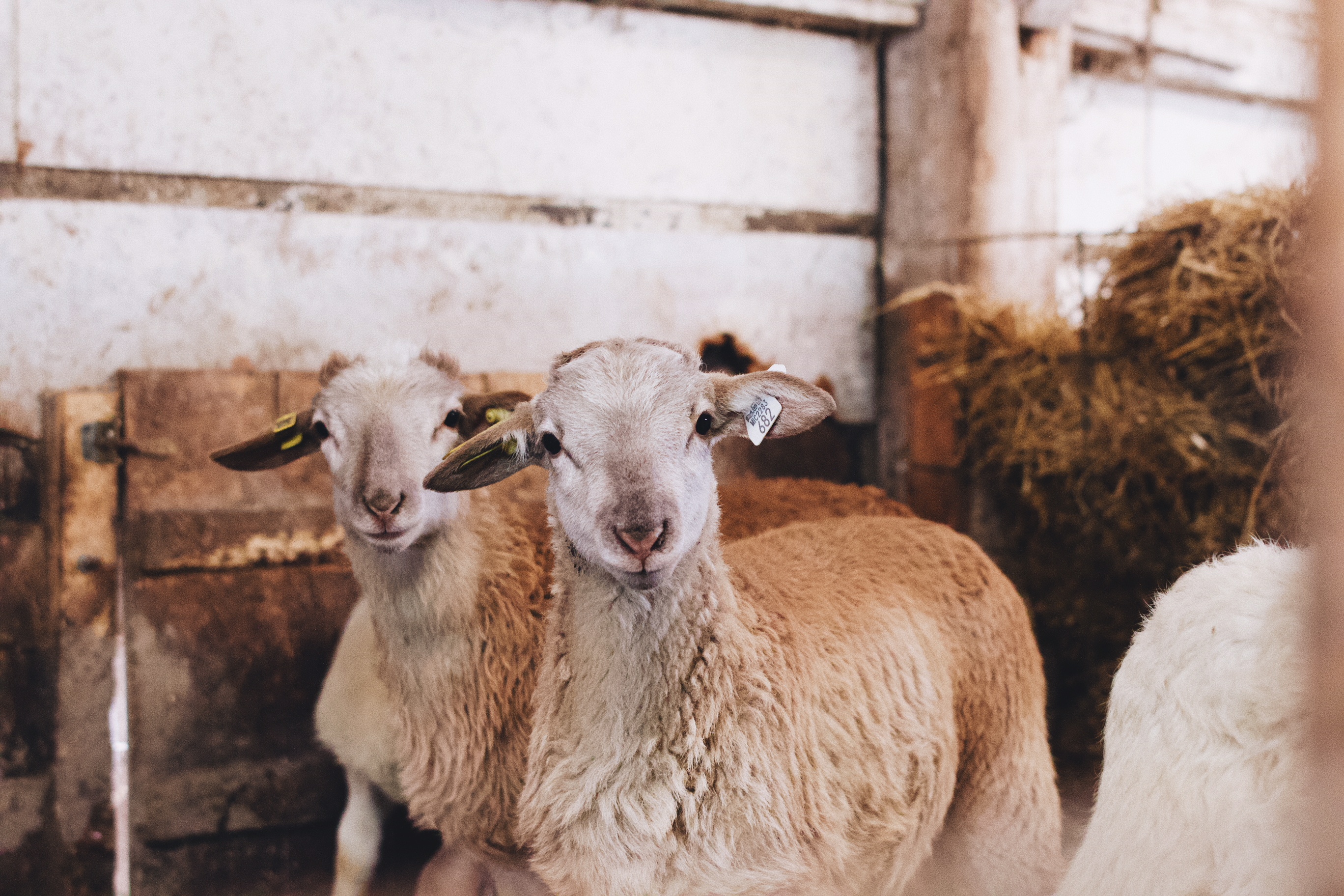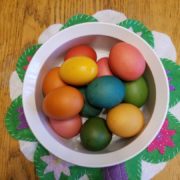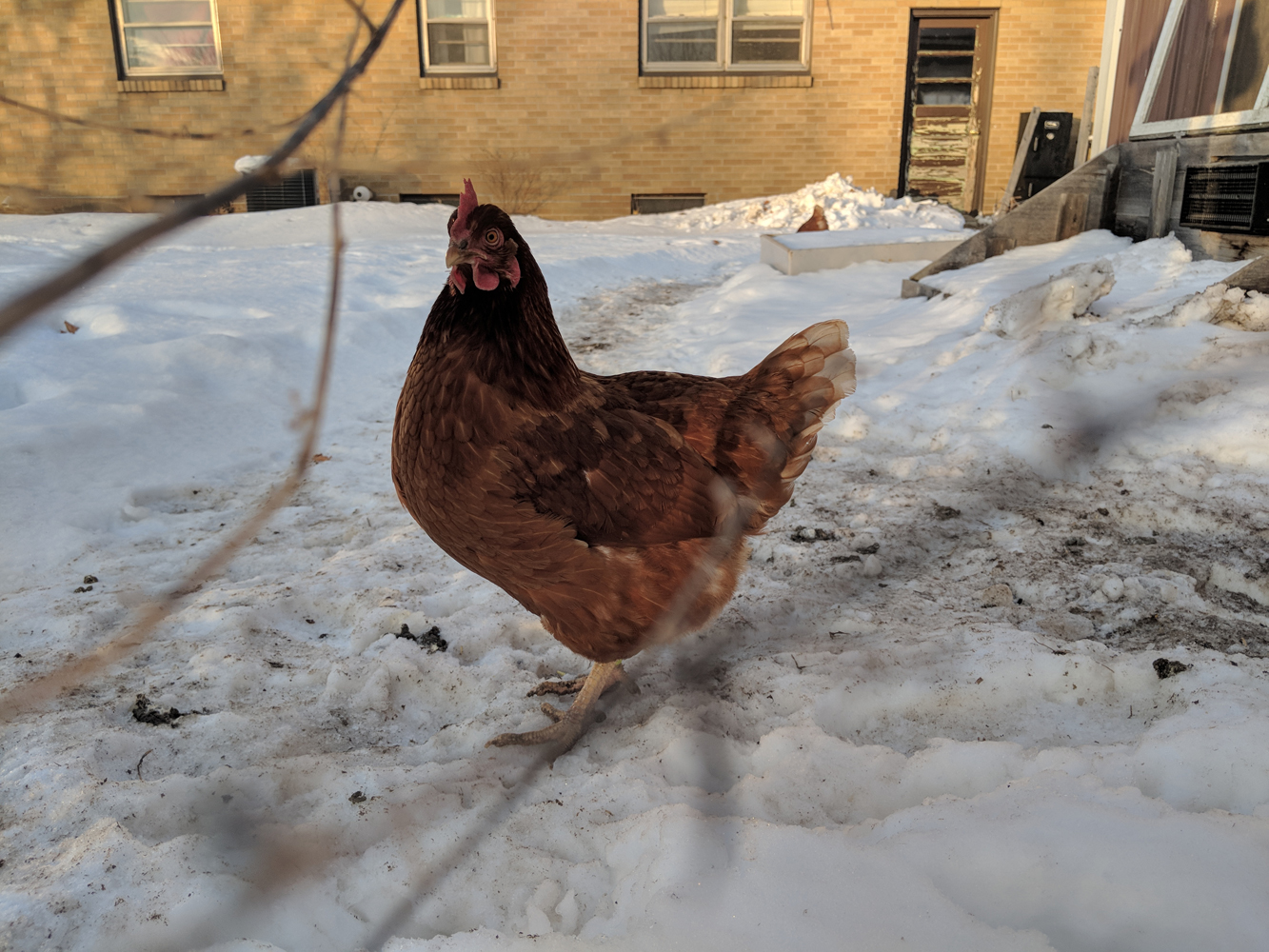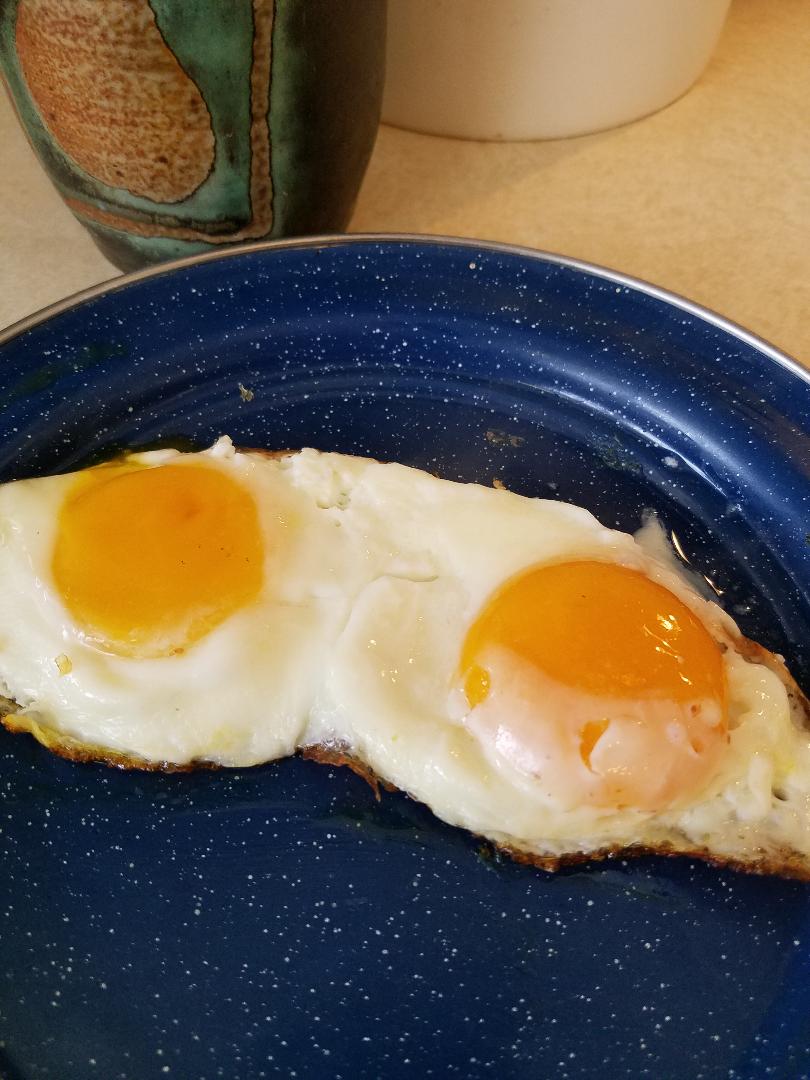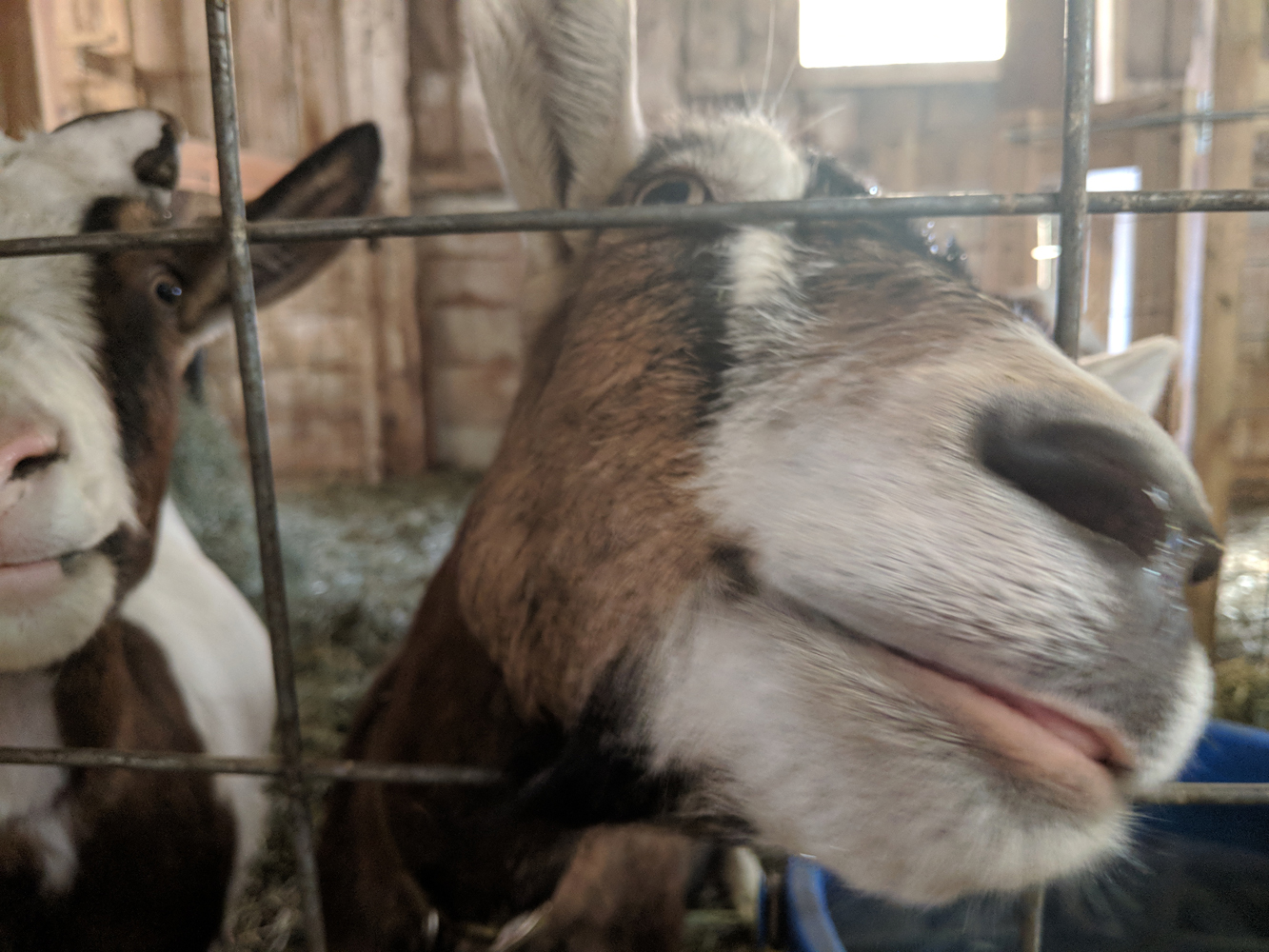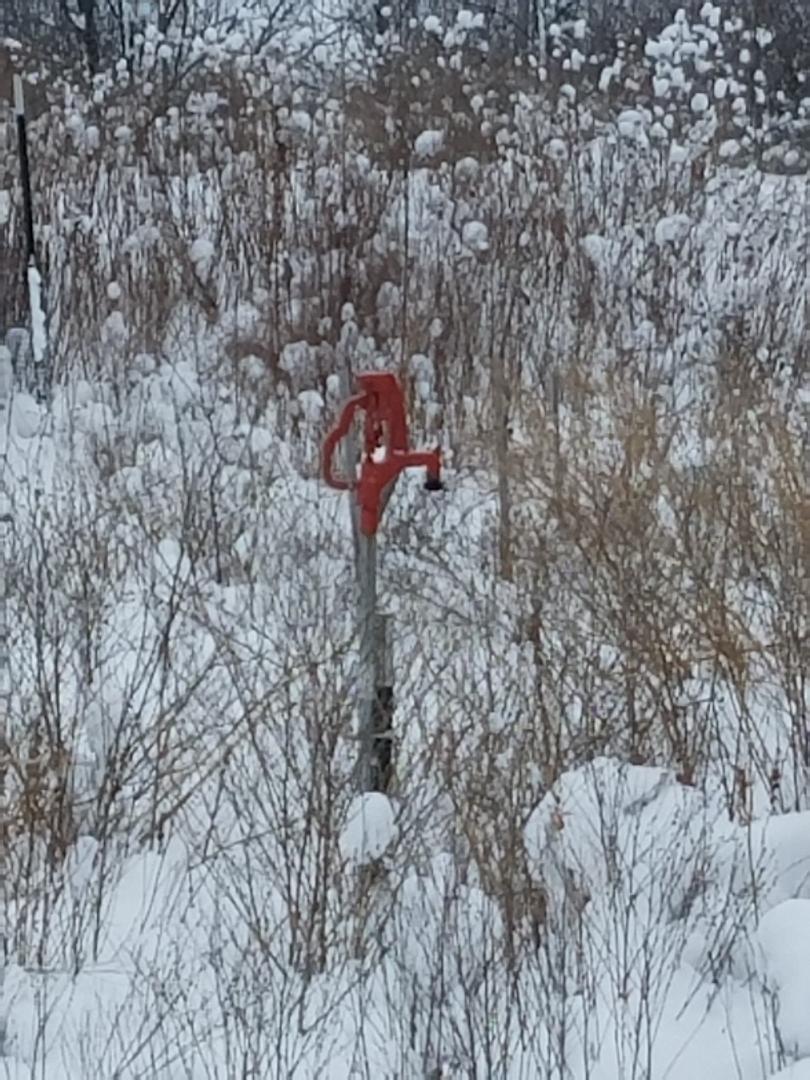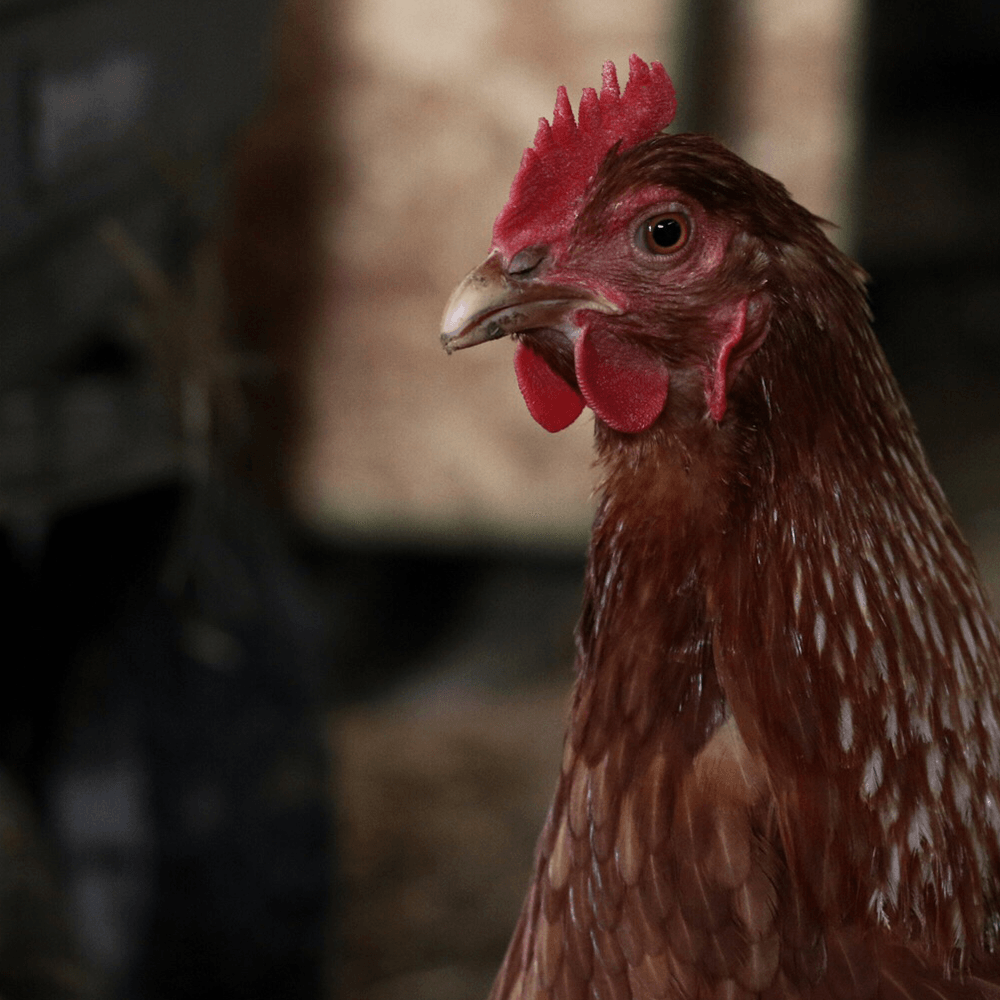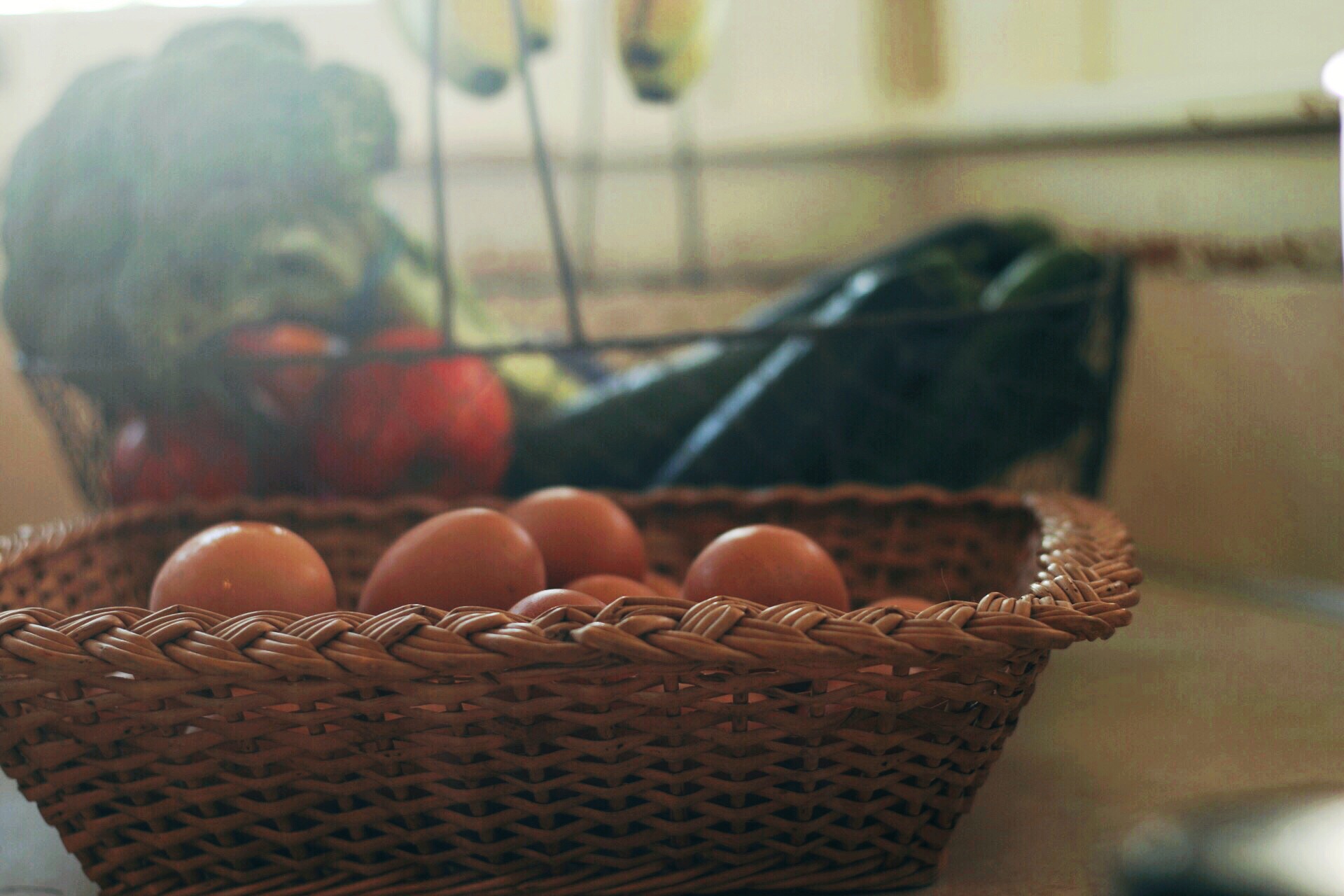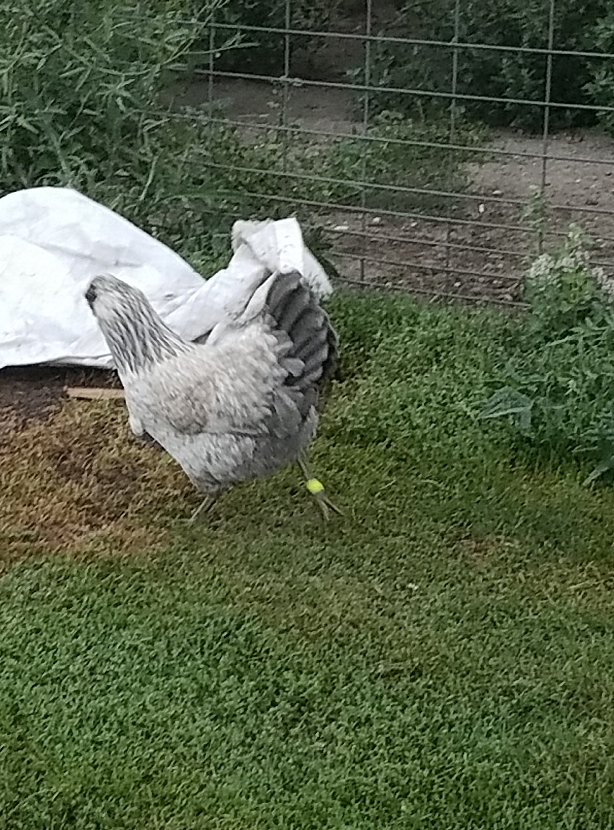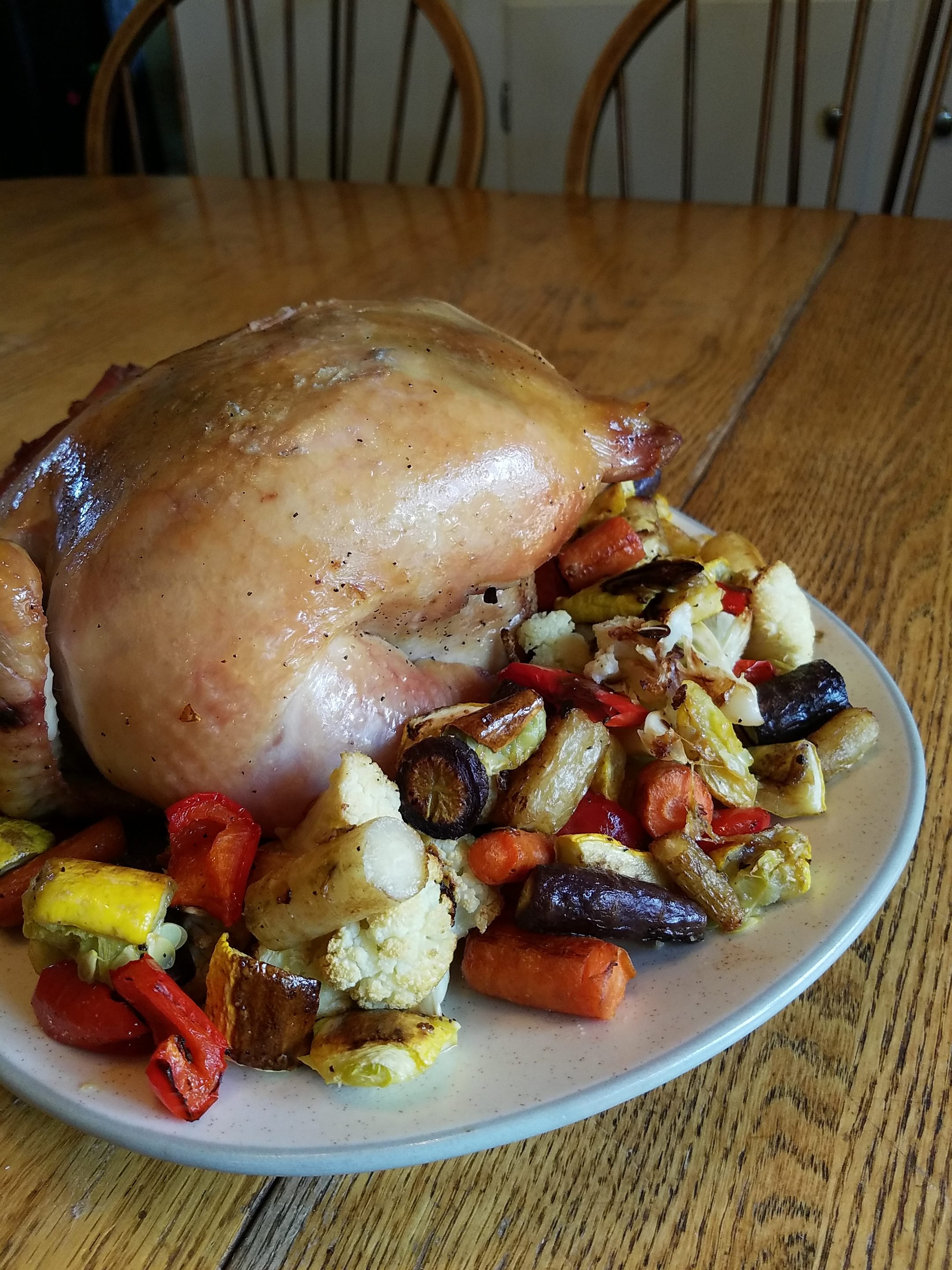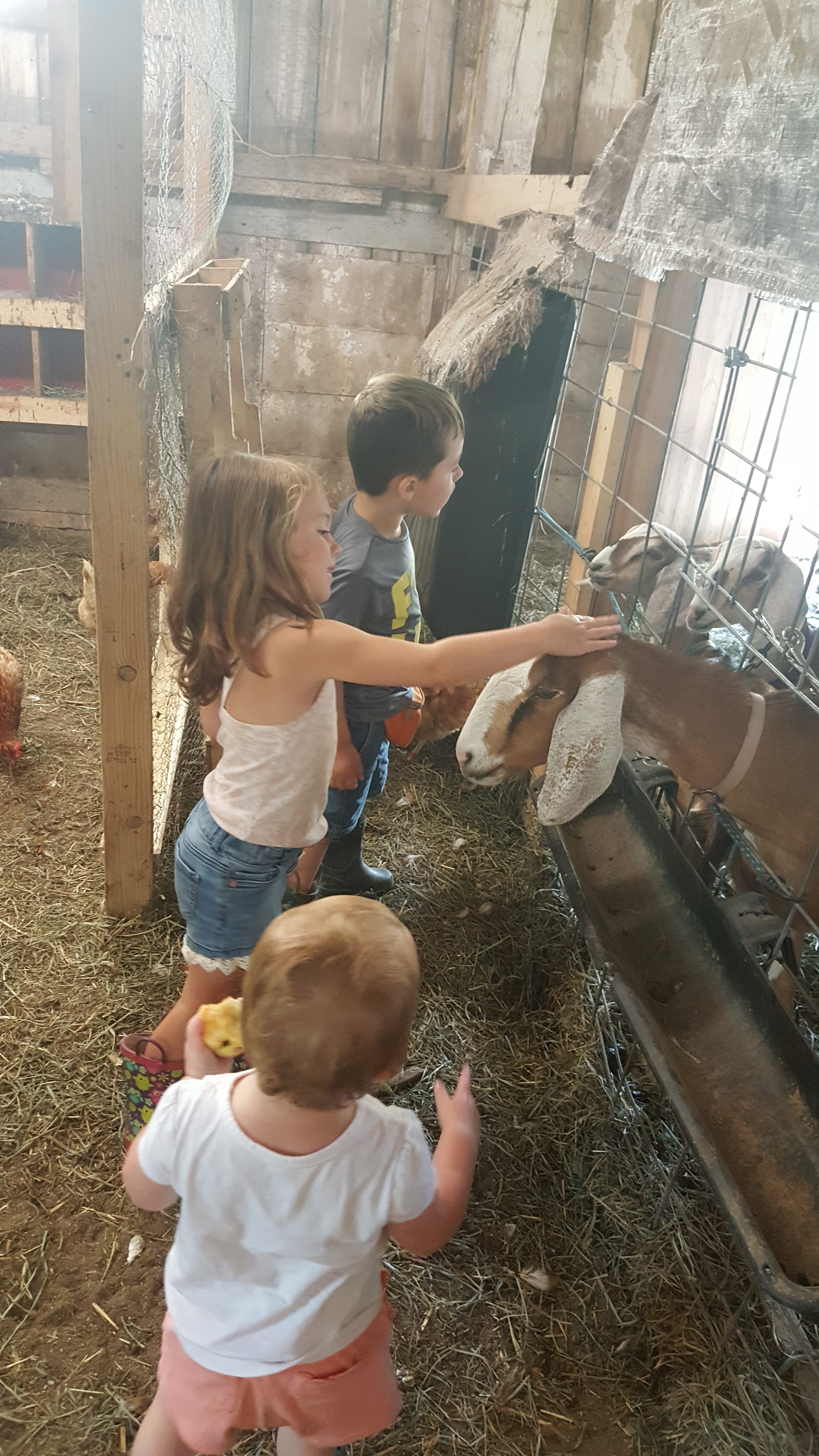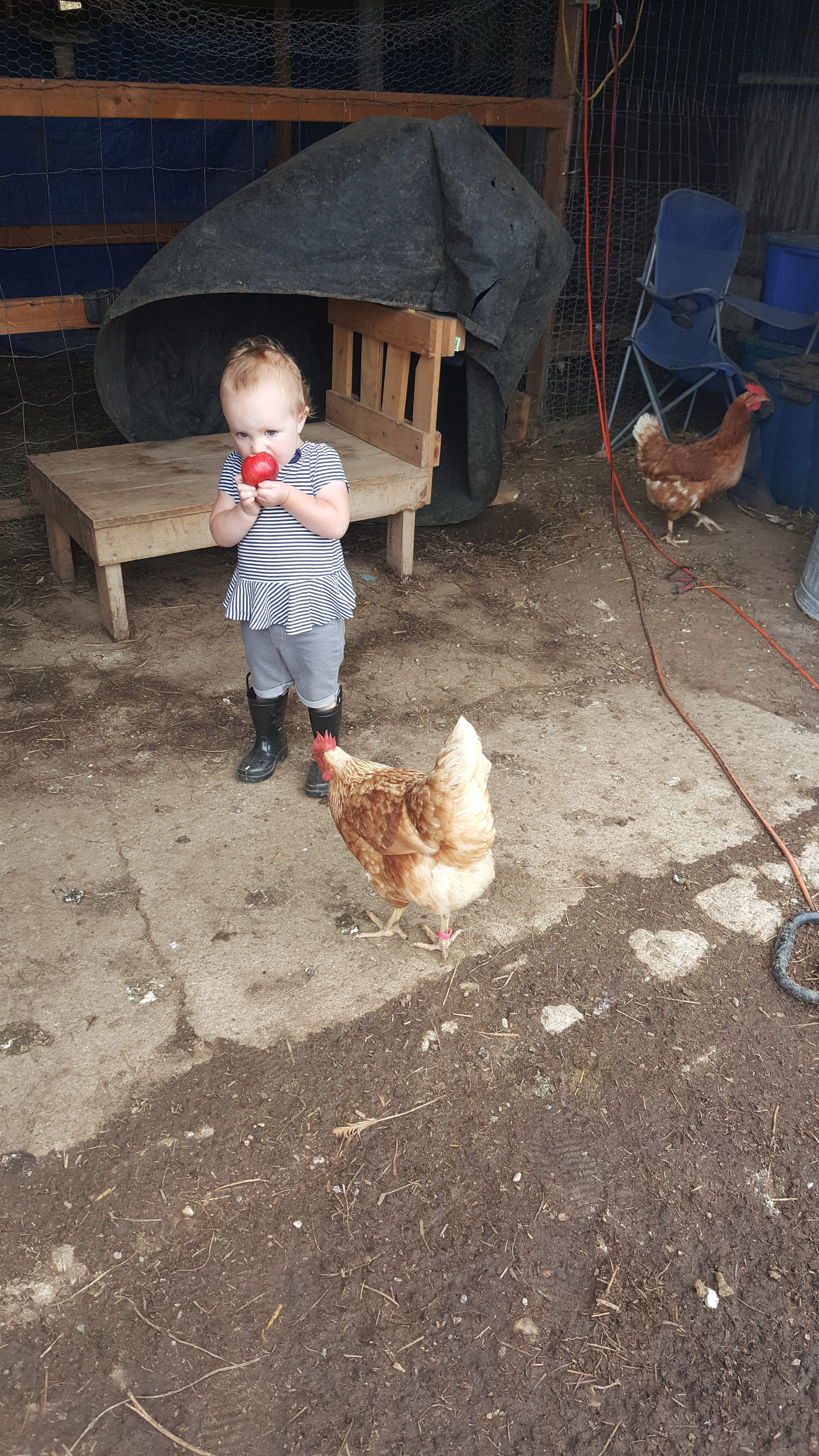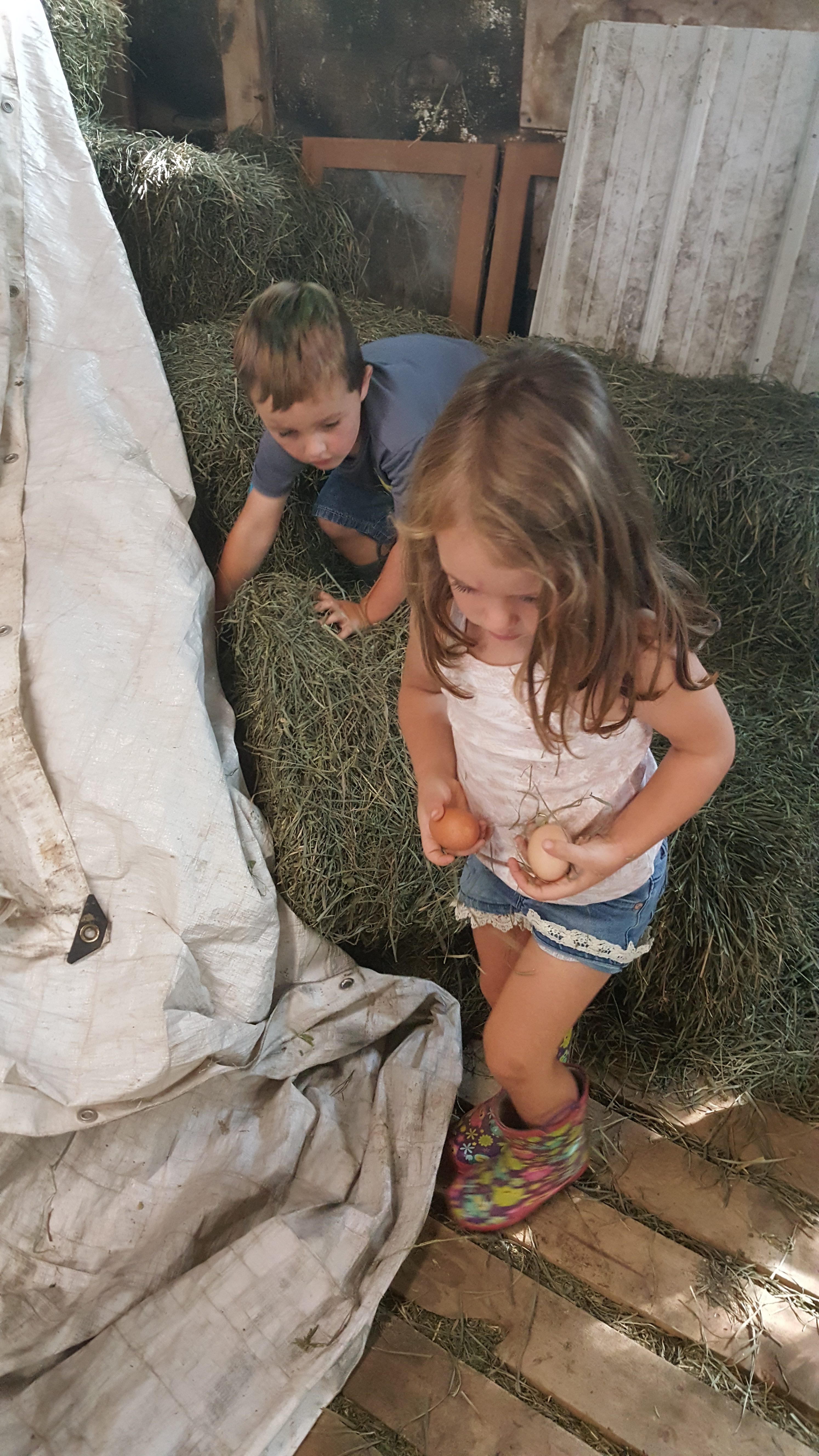Chicken Salad with a Kick
Boring food? Not in this house! David and I are foodies who enjoy a wide variety of colors, textures, and flavors.
At our house, Wednesday nights in the summer are salad nights, so I wanted to make a chicken salad. I was looking for one with excitement–some zip and zing. Curried Chicken Salad fits that description perfectly. It has flavor, crunch, a hint of sweetness, and is just the thing for a warm spring or summer evening.
I served ours on beds of dark, mixed greens, but this would also make a nice sandwich filling or would be great on crackers. An added bonus: the longer this sits the more the flavors meld together which makes for some pretty delicious leftovers. Here’s the recipe.
Curried Chicken Salad
4 cups of cooked chicken
1T curry powder–adjust to taste
1 cup of raisins or dried cranberries. David isn’t a fan of raisins, so I used the cranberries. He loved them.
2 cups of chopped celery
1 cup pecans or almonds, rough chopped–I toasted my pecans in the oven for 10 minutes at 350 degrees to give them extra crunch
1 cup mayonnaise
Put the chicken in a large bowl and add the curry powder, stirring to coat. Next, add the cranberries and finally, the rest of the ingredients. Stir to incorporate.
Chill or serve at room temperature.
Yield: 6-8 generous servings
Now I need to tell you about my OOPS!
The first time I made this, I took some leftover salad to work for lunch and mindless stuck it in the microwave. Groaning, I thought, “Well, why not give it a try anyway?” It was delicious–kind of like a curried chicken casserole. I guess accidents can lead to some great inventions.
I think, however, as a casserole, it needs a little more curry powder.
And now, the news you have all been waiting for: the chickens are coming!
Our pick up dates have been adjusted for this year. Feel free to go ahead and order. In my next post, I will give more details, but if you have questions, give me a call or send an email.
Are you ready for fresh, pastured chicken??
